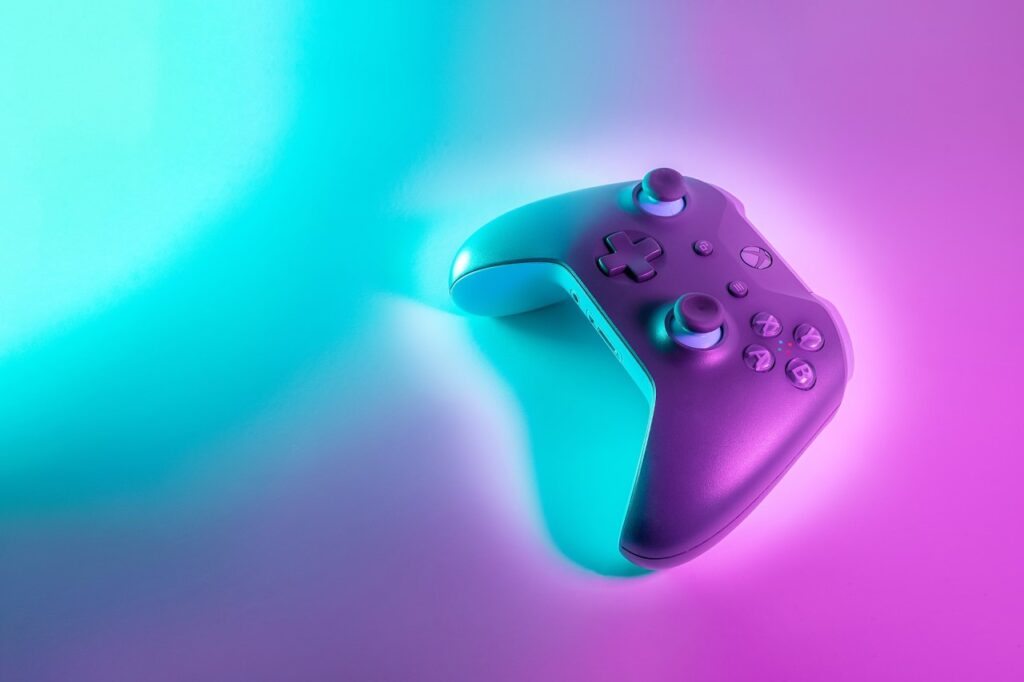One of the most lucrative and inventive industries is the $300 billion gaming business. Yet it must embrace diversity and inclusion beyond platitudes to keep up with its consumers, especially the younger generation.
Gen Z, the biggest demographic generation in history, is also the most diverse and progressive. Haven been born between the middle of the 1990s and early 2010, they are the first generation to have grown up with the Internet, cellphones, and other forms of digital media. This age group also has a better understanding of societal concerns, including racial equality, gender parity, and environmental preservation.
For these reasons, Gen Z gamers expect more from their gaming experiences than just fun and entertainment. They want games that reflect their identities, values, and perspectives. And challenge stereotypes, celebrate differences, and promote positive change. How are game developers and publishers responding to these demands? Here are three ways that the gaming industry is catering to Gen Z’s demands for diversity and inclusivity.
1. Creating Diverse and Inclusive Game Characters
The gaming industry is meeting Gen Z’s needs for diversity and inclusiveness by producing game characters with diverse origins, nationalities, genders, sexualities, and abilities. According to Meta research, many gamers would play games more often or connect with them more strongly if they saw themselves mirrored in the characters. Yet, just 35% of the people polled saw a reflection of themselves in game characters.
To address this gap, some game developers are using tools such as character customization options, branching narratives, and user-generated content to allow players to create their own avatars or influence their game stories. For example, games such as Animal Crossing: New Horizons, Cyberpunk 2077, The Sims 4, Minecraft, Roblox, Fortnite, and Among Us let players customize their appearance (clothing, accessories, etc.), choose their pronouns or create their own worlds.
Other game developers are creating diverse characters based on research or consultation with experts or communities.
For example,
Apex Legends features characters of different races (such as black), ethnicities (such as Asian), genders (such as non-binary), sexualities (such as LGBTQ+), and abilities (such as deaf).
Assassin’s Creed Valhalla features characters of different cultures (such as Norse), religions (such as Pagan), and genders (such as female).
Marvel’s Spider-Man: Miles Morales features a black Latino protagonist who speaks Spanish.
2. Supporting Diversity and Inclusion Initiatives Within the Industry
Another way that the gaming industry is catering to Gen Z’s demands for diversity and inclusivity is by supporting initiatives that aim to increase the representation and participation of underrepresented groups within the industry itself. Quantilope’s study shows that more than half of Gen Z gamers (about 80%) want to see more diversity in senior leadership positions. To address this issue, some game companies are hiring more diverse talent, creating more inclusive work environments, providing mentorship programs, offering scholarships, etc.
For example,
Riot Games has a Diversity & Inclusion team that works on recruiting, retaining, and advancing diverse talent.
Ubisoft has a Women in Gaming initiative that supports women’s career development.
EA has an EA Scholarship Program that provides financial assistance to students from underrepresented backgrounds who pursue degrees in game design.
Some game companies are partnering with organizations that advocate for diversity and inclusion in gaming, such as Women in Games, Black Girls Code, Gameheads, and the IGDA Foundation.
Meta has announced a $50 million fund and a two-year research program to build inclusion and diversity by design.
Microsoft has launched an Xbox Academy program that offers free online workshops for aspiring game developers from diverse backgrounds; etc.
3. Promoting Diversity and Inclusion Through Social Impact Campaigns
A third way that the gaming industry is catering to Gen Z’s demands for diversity and inclusivity is by promoting diversity and inclusion through social impact campaigns
that involve gamers and creators in raising awareness and funds for various causes. According to Deloitte’s recent research, Gen Z gamers are more likely than older gamers to support social impact campaigns and expect gaming companies to take a stand on social issues. To address this expectation, some game companies are launching or supporting campaigns that align with their values and missions, such as diversity, equity, inclusion, gender liberation, racial justice, environmental sustainability, etc.
For example,
Riot Games has donated over $8 million to various organizations that support Covid-19 relief efforts, social justice movements, and mental health initiatives;
Ubisoft has partnered with Women in Games to promote gender equality in gaming;
EA has joined forces with PlayVS to bring eSports to high schools across the US, etc.
Some game companies are collaborating with influencers, celebrities, politicians, or activists who share their vision and reach out to their audiences through gaming platforms or events. For example,
Meta has hosted streams with prominent figures such as Alexandria Ocasio-Cortez, Ilhan Omar, Bernie Sanders, Kamala Harris, Joe Biden, etc., who used games such as Among Us, Animal Crossing: New Horizons, etc., to engage with voters and discuss important issues.
Microsoft has teamed up with Tyler “Ninja” Blevins, one of the most popular streamers in the world, to promote its Xbox Game Pass service and its social impact initiatives; etc.
The Bottom Line
The game business is meeting Gen Z’s diversity and inclusiveness needs, yet it can do more. As Gen Z dominates the gaming business and culture, developers and publishers must listen to their voices, understand their wants and expectations, and build games that connect with them. By doing so, they may increase consumer loyalty and improve the world.




